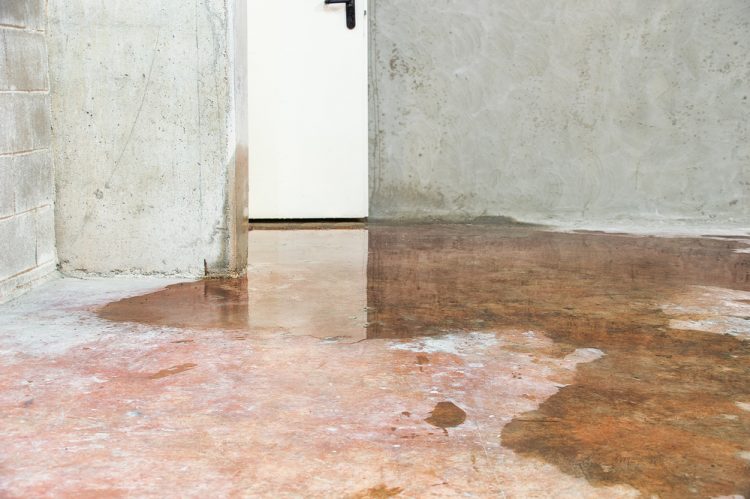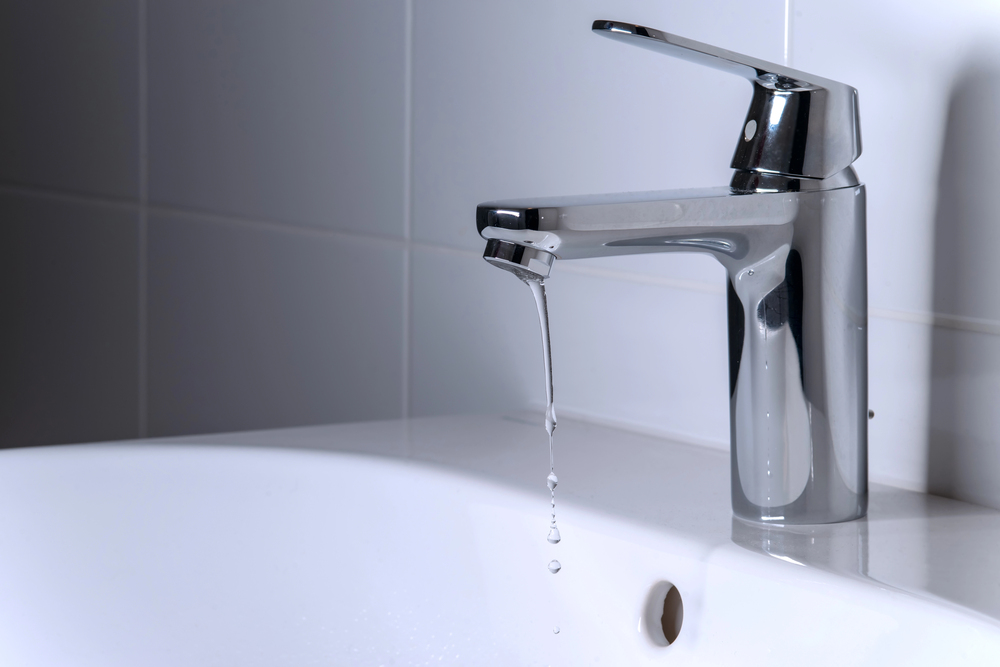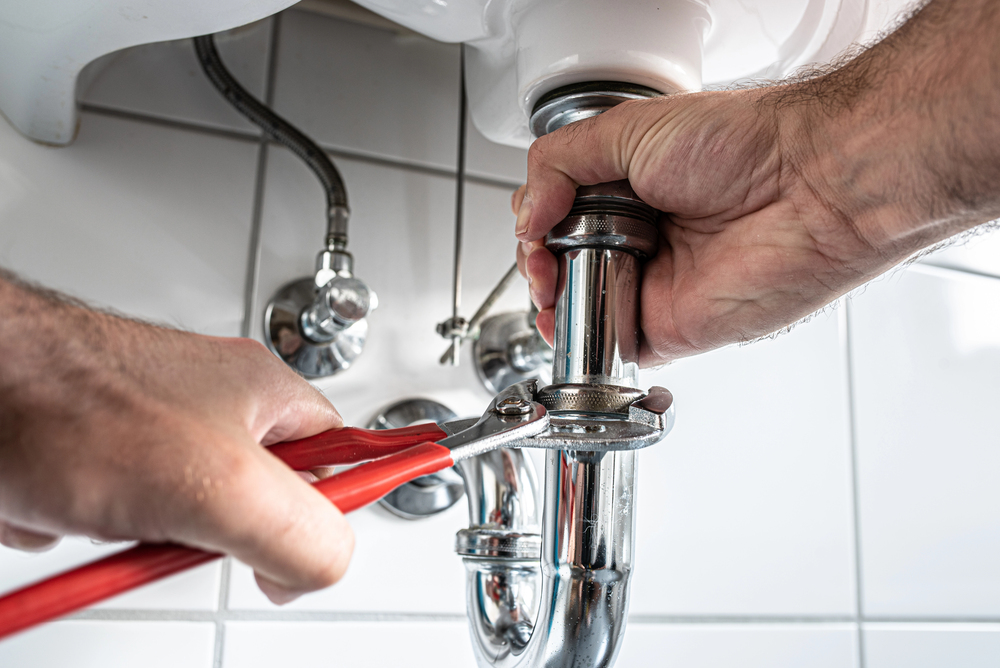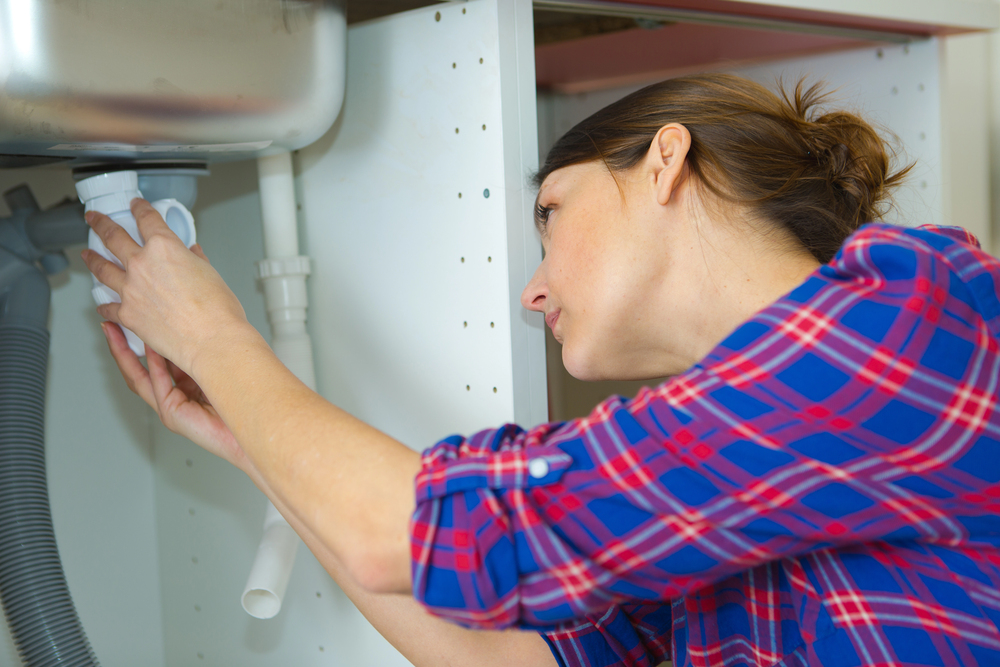A sudden surge of water in your basement can turn a peaceful living space into a source of stress and damage. Water intrusion often leads to structural issues, ruined belongings, and health risks. Acting quickly can reduce the overall impact and help you recover faster. The steps below offer guidance on how to handle a flood basement situation with safety and efficiency in mind.

Turn Off Electricity to Prevent Shock Hazards
The top priority is safety. Water conducts electricity, which turns even a small pool into a severe risk if power remains active. Locate the main circuit breaker and shut off electricity to any areas affected by water. This important step prevents electrical shock and allows safe access for further actions.
Live electrical currents can still flow through shallow water if submerged outlets or wires remain energized. Avoid touching any electrical devices while standing in water. Eliminating this risk is the first and most important step in making the area safe.
Identify the Source of Water to Stop Flooding
Once the power is off, locate where the water is coming from. Stopping the source of the flood prevents further damage and helps you regain control of the situation. Common causes include broken pipes, leaking appliances, foundation issues, or overwhelmed exterior drainage systems.
If a burst pipe is responsible, shut off your home’s main water valve. For appliances, close their individual supply lines. Addressing the problem at its source immediately limits the amount of water entering your home.
Remove Standing Water Using Proper Equipment
After stopping the water flow, focus on removing what has already entered the basement. Quick water removal helps reduce structural damage and limits mold growth. Use wet/dry vacuums, sump pumps, or water extractors to handle the job efficiently.
Sump pumps are ideal for deeper flooding, while wet/dry vacuums are better suited for smaller areas or residual water. These tools make the cleanup faster and more thorough, helping your basement recover sooner.
Protect Valuables From Further Water Damage
Act quickly to move important items away from the water. Relocate valuables to a dry, elevated area to keep them from absorbing more moisture. This step helps preserve family heirlooms, electronics, and essential documents.
Focus on saving photos, paperwork, and anything irreplaceable. Even items that seem dry may have absorbed moisture. Place them in a ventilated location, and use towels or newspapers to create a temporary barrier around remaining items.
Document Damage for Insurance Claims
Before beginning any cleanup efforts, take clear and comprehensive photographs and videos of the affected areas. Capture images of standing water, water-damaged walls and flooring, and any personal belongings that have been affected. Take multiple shots from various angles to give a complete picture of the situation. This visual documentation creates a solid foundation for your insurance claim and helps validate your report.
In addition to photos, create a detailed inventory of all damaged items. Include each item’s age, purchase date if known, a brief description, and an estimated replacement cost. Keep any receipts or warranty information you may have, as these help substantiate your claim.
The more detailed and organized your documentation is, the more effectively it can support your request for reimbursement. Well-prepared records help avoid disputes and speed up the overall claims process.
Contact Insurance Provider for Assistance
Once you’ve documented the damage, reach out to your insurance company as soon as possible to report the incident. Provide them with the date, time, and cause of the flood, along with an overview of the affected areas. Early communication helps clarify the extent of your coverage and sets the process in motion without unnecessary delays.
An insurance adjuster may be assigned to evaluate the damage in person, so it’s important to have all documentation readily available. This includes your photo and video evidence, itemized list of losses, and any receipts.
Refrain from discarding damaged items until you receive approval from the adjuster, as they may need to inspect these materials themselves. Maintaining ongoing communication with your insurer can help move the process forward smoothly and keep you informed of what to expect at each stage.
Use Pumps or Wet Vacs for Drainage
To begin water removal, use a submersible pump for significant water levels and a wet/dry vacuum for shallow or residual puddles. These tools help extract water efficiently, reduce the risk of further damage, and prepare the space for drying. For best results, place the pump in the lowest section of the flooded area so it can remove the maximum volume.
Make sure the discharge hose leads away from your home’s foundation to prevent re-entry. For wet vacuums, check the tank regularly and empty it as needed to keep suction performance steady.
Operating these tools properly shortens the drying timeline and prevents water from lingering in corners or beneath flooring. Thorough drainage is a key early step in the recovery process and sets the foundation for effective cleanup and repair work.
Disinfect Area to Prevent Mold Growth
After all standing water has been removed, the next priority is disinfecting every surface exposed to the flood. Mold and bacteria can begin developing within a day or two, especially in warm or poorly ventilated spaces. Use a strong disinfectant solution, such as diluted bleach or a commercial antimicrobial cleaner, to scrub down walls, floors, baseboards, and any materials that were saturated.
Porous materials like drywall, insulation, and wooden studs absorb water quickly and are particularly vulnerable to mold growth. Disinfection should be thorough, even in areas that may appear clean at first glance.
Be sure to wear gloves, a mask, and protective eyewear to reduce exposure to contaminants and fumes. This step not only helps eliminate harmful microorganisms but also helps reduce long-term damage and maintain a healthier indoor environment.
Dry Out Walls and Flooring Thoroughly
Even after water is extracted, lingering moisture remains trapped inside walls, flooring, and insulation. This hidden dampness can lead to mold development, musty odors, and gradual structural damage.
Use high-powered fans and dehumidifiers to accelerate the drying process, and open all nearby windows and doors to promote air exchange. Cross-ventilation helps remove moisture-laden air and replace it with dry, outdoor air.
Aim industrial fans at the wettest areas, especially along the lower parts of walls and floors where water tends to settle. Run dehumidifiers continuously to lower the humidity in the space, and check moisture levels daily using a moisture meter.
Materials should reach a dry standard before any rebuilding, painting, or flooring replacement is attempted. Skipping this step risks sealing moisture inside your home’s structure, which can create long-term problems down the road.
Check for Structural Damage and Weakness
After water has receded, it’s important to evaluate your home’s structural integrity. Flooding can weaken foundational elements and cause long-term damage that isn’t always immediately visible. Begin by checking walls, ceilings, and floors for cracks, bulging, or signs of separation. Sagging or buckling surfaces may point to water-related pressure or shifting within the foundation.
Examine support beams, load-bearing walls, and floor joists for warping, rotting, or misalignment. Any signs of deterioration should be taken seriously, as they may compromise your home’s stability. If anything appears questionable, bring in a licensed structural engineer or experienced contractor. Addressing these concerns early helps prevent costlier, more severe damage in the future.
Ventilate Basement to Speed Up Drying
Strong air circulation helps dry out your basement quickly and discourages mold growth. Open every window and door in the affected area to let fresh air move freely. Set up exhaust fans to pull damp air outside while pulling in drier air from other areas of the home.
Consider renting or using high-powered commercial air movers, which circulate air more effectively than regular household fans. Aim these fans directly at wet surfaces such as walls, floors, and exposed insulation. Good ventilation not only accelerates drying but also prevents moisture from becoming trapped behind surfaces where it could later develop into mold.
Dispose of Damaged Items Safely
Items soaked by floodwaters and beyond saving need to be removed to maintain a safe and healthy environment. Discard waterlogged carpets, damaged furniture, ruined drywall, and any personal belongings that cannot be cleaned or dried thoroughly. These materials can quickly become breeding grounds for mold and bacteria.
Be sure to follow local regulations for waste disposal, especially for large items or those considered hazardous due to contamination. Sort belongings carefully – separate anything that can be salvaged and cleaned from items that must be thrown out. Never keep items that show visible mold or remain damp after several days, as they pose a risk of recontaminating the area.
Monitor Humidity Levels to Avoid Mold
Even after removing visible water, moisture can linger in the air and within materials. Tracking humidity levels helps prevent mold from taking hold after a flood basement incident. Use a hygrometer to monitor relative humidity, aiming to keep it consistently below 50 percent.
Continue operating dehumidifiers and maintaining airflow through the space until readings remain stable. Sudden spikes in humidity may signal hidden moisture in walls or insulation. Investigate any unusual increases to avoid undetected mold growth. Ongoing humidity control is essential for maintaining a safe, dry environment.
Inspect Plumbing for Leaks or Breaks
Flooding can strain or damage your home’s plumbing system, so it’s important to conduct a thorough inspection once cleanup begins. Look for leaks or cracks in visible pipes, especially near joints, fixtures, or older connections. Even small drips can lead to recurring problems if left unresolved.
Check around water heaters, sump pumps, and appliances for moisture, rust, or signs of water accumulation. Minor plumbing issues often worsen over time and can create new flooding risks. Make any needed repairs promptly or contact a licensed plumber to handle complex issues professionally.
Seal Cracks in Foundation and Walls
Even the smallest cracks in your basement’s foundation or walls can become entry points for groundwater, especially during periods of heavy rainfall or elevated soil moisture. Begin by cleaning the area thoroughly to remove dirt, debris, or loose concrete that might interfere with proper sealing.
Apply a premium-grade sealant designed for use on concrete or masonry, making sure it fills the entire crack and forms a durable barrier. This added protection helps reduce the risk of water intrusion and strengthens the integrity of your basement’s structure.
If you notice wide, deep, or multiple cracks forming across various areas, these could indicate a more serious foundation issue such as settling, shifting, or hydrostatic pressure damage. In such cases, consult a licensed structural or foundation repair specialist to evaluate and correct the problem before it worsens.
Proactively sealing and repairing these weak points not only helps protect your basement from future flooding but also supports the overall stability and value of your home.
Install Sump Pump for Future Protection
Installing a reliable sump pump in your basement offers an excellent long-term solution for proactive flood prevention, especially in areas prone to water accumulation.
A sump pump automatically activates when water collects in its basin, pumping it away from your foundation and preventing it from rising to dangerous levels. This device provides a crucial line of defense against groundwater seepage and heavy rainfall, protecting your basement from future flooding.
Choose a sump pump with adequate capacity for your basement size and consider a model with a battery backup for continued operation during power outages. Regular maintenance, including testing the pump periodically, ensures it remains fully functional when needed most.
A properly installed and maintained sump pump provides invaluable peace of mind, significantly reducing the risk of another basement flood and preserving your home’s dry condition. This investment offers robust future protection.
Call Z PLUMBERZ for Emergency Basement Water Removal
Experiencing a flooded basement causes immense stress and immediate damage to your home, requiring swift and expert intervention. Our emergency basement water removal services quickly restore your peace of mind and prevent further property harm. Z PLUMBERZ provides rapid response and efficient solutions when you need to fix a flooded basement.
Contact Z PLUMBERZ today for immediate assistance with any water emergency.
Additional benefits of partnering with us include
-

24/7 Emergency Services, Paperless Communication
-

Reduced Rates and Preferred Pricing
-

Preventative Maintenance Scheduling
-

Online Scheduling and Account Management


